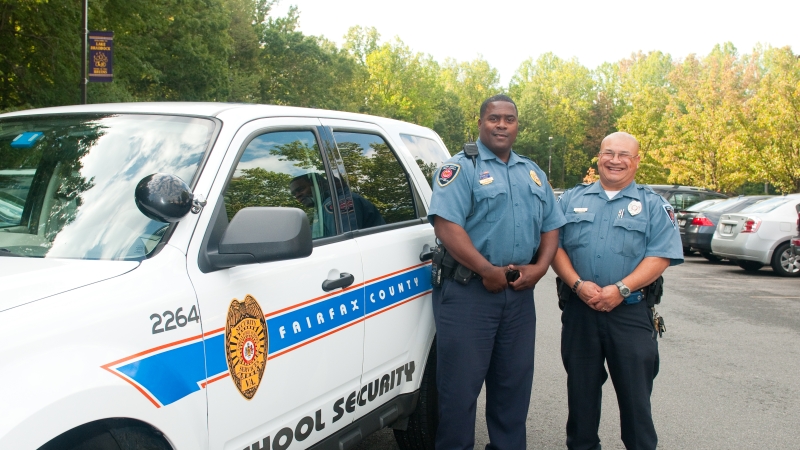
Preventing Gang Involvement
Warning Signs and Other Risky Behaviors Often Associated with Possible Gang Involvement
Why Kids Join Gangs
Among the leading reasons given by kids involved with gangs, either as members or gang associates, is a desire to be loved, accepted or to be part of a group. That is what gang members commonly promise when they are recruiting.
Additional reasons that kids join gangs include:
- Fun and excitement — Gang members, recruiters and the media glamorize the gang lifestyle.
- Identity and a sense of belonging — Gangs may offer a sense of identity to their members and a way to gain attention or status. Kids who do not have strong ties to their families, communities, schools or places of worship may turn to gangs for companionship and as a substitute family.
- Peer pressure — If friends or family members are in a gang, kids may be pressured to join a gang.
- Financial gain — Being in a gang is often seen as a way to obtain money or possessions.
- Failure to realize what being in a gang means — Kids often do not fully understand the danger, risks and legal problems associated with being in a gang.
- Protection — In neighborhoods and areas where gangs are present, kids sometimes feel, or are told, that belonging to a gang will provide protection from other gangs.
Who Joins Gangs
Gang members generally range in age from 13 to 24 years old, but can be as young as 9. Gangs can include all ethnic groups. Many gang members are boys, but 10 percent of all gang members are girls and the number is growing.
There are several risk factors or conditions that increase the likelihood of a youth becoming involved with a gang.
- Lack of connection with family, community, schools, faith-based organizations.
- Living in an area with a high level of gang activity.
- Lack of a positive support system at home.
- Violence against family members.
- Exposure to TV shows, movies, video games and/or music that glorify violence.
- Lack of participation in alternative activities, such as community, school or faith-based youth programs.
- Low self-esteem and/or a sense of hopelessness about the future.
- Poor decision-making and communication skills.
- Too much unsupervised free time.
- Lack of respect for authority (parents, teachers, law enforcement officers).
- Alcohol or other drug use.
Warning Signs and Other Risky Behaviors Often Associated with Possible Gang Involvement
There are a number of signs that may indicate involvement with a gang or risky or delinquent behavior. The sooner concerns are responded to, the greater the opportunity to prevent a child from joining a gang. Discuss concerns with a trusted friend or a professional such as a guidance counselor, police officer, member of the clergy or human service professionals in the community.
Keep in mind, kids who pretend to be gang members or just associate with gang members are at equal or greater risk for being victims of violence as are those who are known gang members.
Signs to be aware of include:
- Withdrawing from family activities.
- Suddenly changing friends and spending time with undesirable people.
- Developing a bad attitude toward family, school and authorities.
- Sudden drop in school grades.
- Staying out later than usual.
- Wanting excessive privacy.
- Using a new nickname.
- Using hand signs.
- Using unfamiliar slang words.
- Purchasing or wanting to buy or wear clothing of all one color or style.
- Modifying clothing to indicate membership in a special group.
- Changing appearance with special haircuts, eyebrow markings or tattoos.
- Suddenly having more money or possessions.
- Using gang graffiti on folders, desks, walls and buildings.
- Drug or alcohol use evidence.
- Carrying objects that can be used as weapons.
Getting out of a Gang
It is possible to get out of a gang and many individuals do. However, the deeper or more involved someone is with a gang, the more difficult it is to get out.
Getting out of a gang takes time. A gang member may never verbally denounce gang membership, but can effectively discontinue his/her level of activity within the gang. Talk to a parent, school counselor, police officer, member of the clergy or other professionals about safe options, which can include:
- Fading away by gradually becoming less active in a gang. This is the typical method for discontinuing participation in illegal gang activity.
- Creating distance by being less available for gang activities because of a job, participation in supervised and organized recreational programs, volunteering.
- Relocating the entire family to a community that does not have heavy gang activity, so that all ties to the gang can be cut. This may be necessary in extreme cases.





